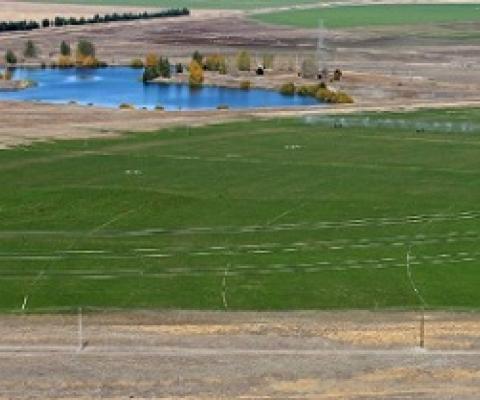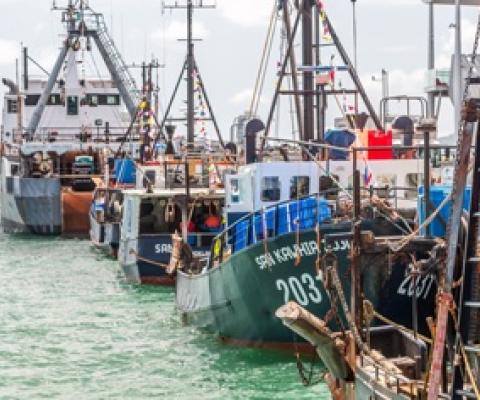More News & Sources of Information
The following are excellent sources for the latest news, literature, webinars, videos and audio on marine protected areas, marine pollution, marine management, ocean and marine planning, ecosystem-based management, grants, jobs, and much more. Click each icon to learn more and to subscribe.
Image

Image


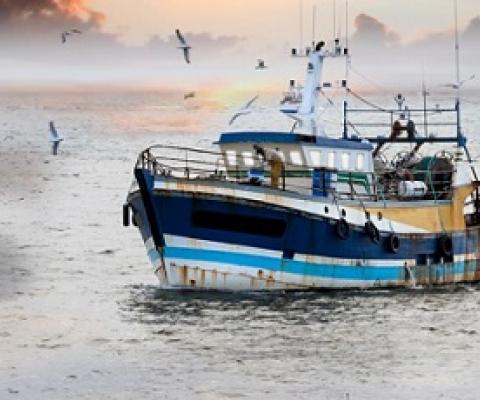
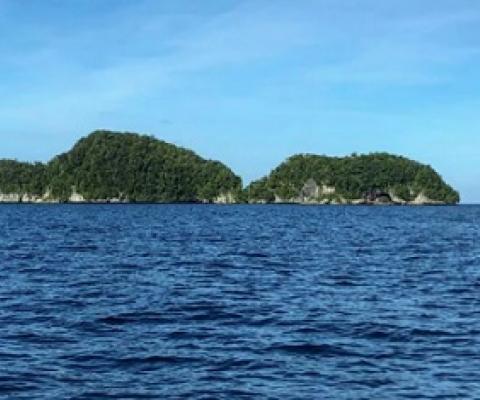
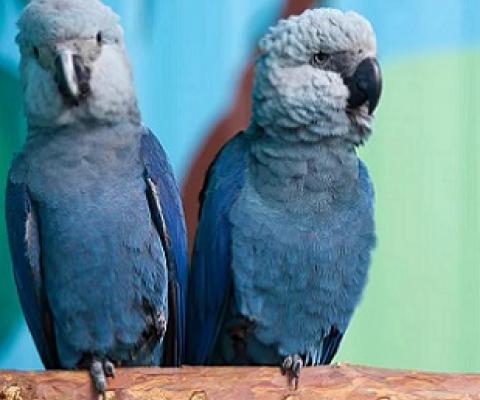
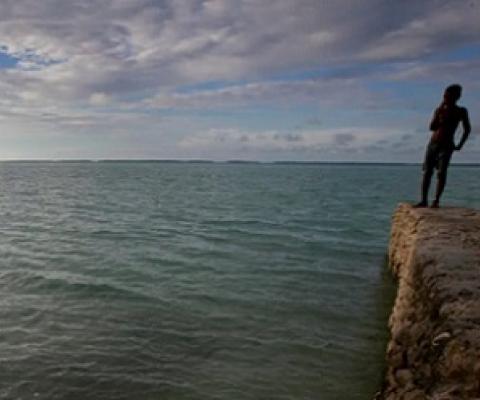

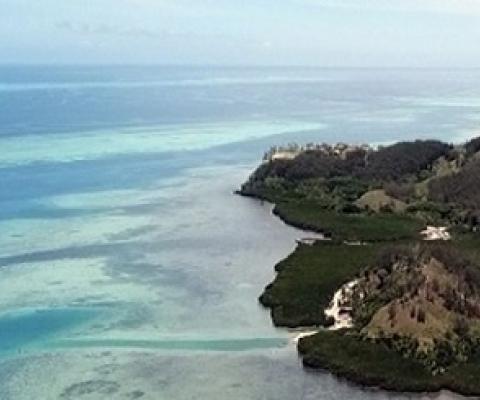
![THE GOVERNMENT HAD TO EMBARK ON A MAJOR TREE-PLANTING REVOLUTION AS THE DEFORESTATION RATE WAS BECOMING A CONCERN. [FILE PHOTO]](/sites/default/files/styles/480_x_400/public/treePLNTING_FJ.jpg?itok=ypLpchbP)

